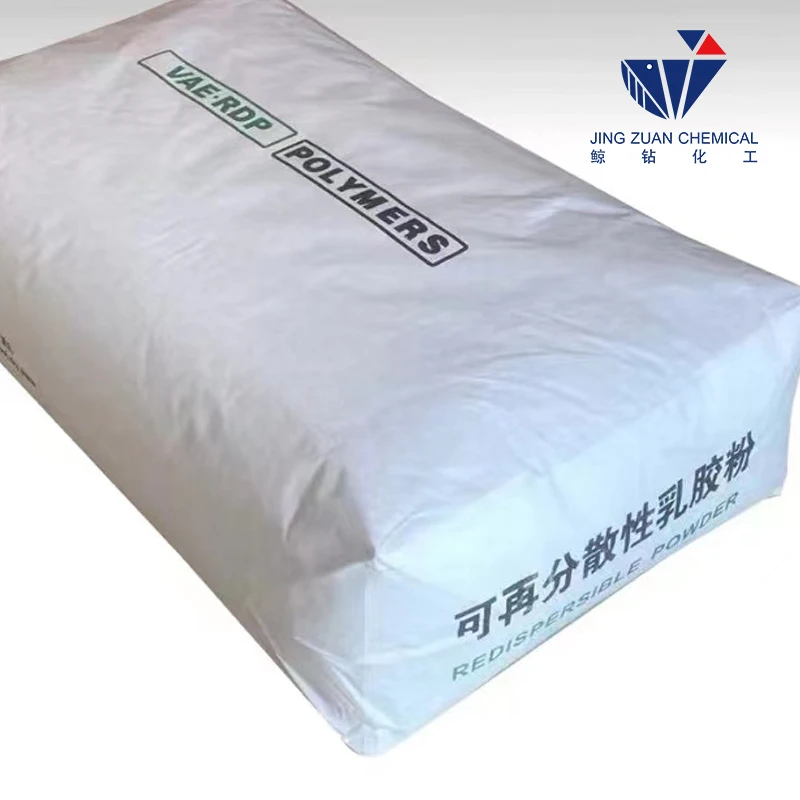
Nov . 29, 2024 10:11 Back to list
China HPMC Hydroxypropyl Methyl Cellulose Market Trends and Applications Insights
Hydroxypropyl Methyl Cellulose A Versatile Polymer for Modern Applications
Hydroxypropyl methyl cellulose (HPMC) is a semi-synthetic polymer derived from cellulose, which is a natural polymer found in plant cell walls. HPMC has gained immense popularity across various industries due to its unique properties, versatility, and environmentally friendly nature. This article delves into the characteristics, applications, and benefits of HPMC, particularly focusing on its impact in the Chinese market.
Properties of HPMC
HPMC is a white, odorless powder that is soluble in water, forming a clear, viscous solution. One of its most notable properties is its ability to form gels and films, making it an excellent candidate for a variety of applications. HPMC is characterized by its thermal stability, resistance to acids and bases, and its ability to act as a stabilizing agent. Its non-toxic nature and hypoallergenic characteristics make it particularly appealing for use in the food and pharmaceutical industries.
Applications in Various Industries
1. Construction Industry HPMC plays a crucial role in the construction sector, particularly in producing cement-based materials. It is commonly used as a thickening agent in adhesives, plasters, and grouts. By improving the workability and water retention of these mixtures, HPMC enhances the overall performance and longevity of construction materials.
2. Food Industry In the food sector, HPMC is used as a food additive and emulsifier. It acts as a thickening agent in sauces, salad dressings, and dairy products, providing a desired texture and consistency. Its ability to retain moisture makes it valuable in baked goods, improving shelf life while ensuring freshness.
3. Pharmaceuticals HPMC is widely utilized in the pharmaceutical industry as a binder and film-forming agent in drug formulations. Its role in controlled-release medications is significant, as it allows for the gradual release of active ingredients, enhancing efficacy and patient compliance. Furthermore, HPMC is used in the production of capsules, providing a vegetarian alternative to traditional gelatin capsules.
china hpmc-hydroxypropyl methyl cellulose

4. Cosmetics and Personal Care The cosmetic industry has embraced HPMC for its thickening and stabilizing properties. It is used in products ranging from lotions and creams to hair care formulations. Its ability to provide a smooth, appealing texture while maintaining moisture makes it a favored ingredient among formulators.
5. Agriculture In agriculture, HPMC is finding its place as a soil conditioner and in the formulation of fertilizers and pesticides. Its water retention properties help improve soil quality and crop yield, especially in arid regions.
Market Growth and Trends in China
China's demand for HPMC has been witnessing significant growth, driven by advancements in the construction and pharmaceutical sectors. As urbanization continues and infrastructure projects expand, the need for high-quality construction materials has surged. Similarly, the growing interest in health and wellness has propelled the pharmaceutical and food industries to seek safer and more effective ingredients, further increasing HPMC's appeal.
The Chinese market is increasingly recognizing the importance of sustainability, prompting manufacturers to pursue eco-friendly alternatives like HPMC. With its biodegradable nature and non-toxic properties, HPMC aligns well with the growing trend towards sustainable and green products, thereby enhancing its market potential.
Conclusion
Hydroxypropyl methyl cellulose stands out as a versatile polymer with applications spanning numerous industries. Its unique characteristics enable it to cater to diverse needs, making it indispensable in construction, food, pharmaceuticals, cosmetics, and agriculture. With the booming market in China and a global shift towards sustainability, the future of HPMC appears robust. Continued research and innovation in this area are expected to further enhance its utility, ensuring that HPMC remains a foundational material in modern manufacturing processes. As industries evolve, so too will the applications of HPMC, promising a future where this remarkable polymer continues to flourish in various sectors.
-
Versatile Hpmc Uses in Different Industries
NewsJun.19,2025
-
Redispersible Powder's Role in Enhancing Durability of Construction Products
NewsJun.19,2025
-
Hydroxyethyl Cellulose Applications Driving Green Industrial Processes
NewsJun.19,2025
-
Exploring Different Redispersible Polymer Powder
NewsJun.19,2025
-
Choosing the Right Mortar Bonding Agent
NewsJun.19,2025
-
Applications and Significance of China Hpmc in Modern Industries
NewsJun.19,2025







